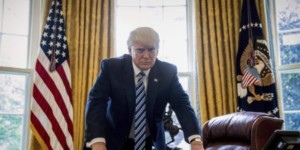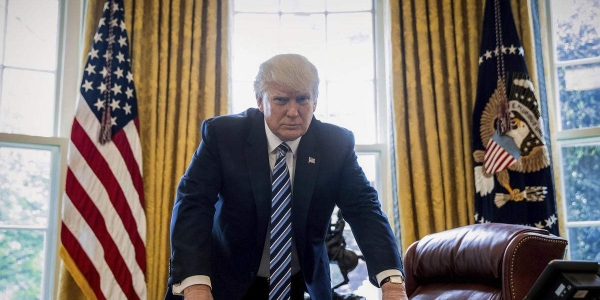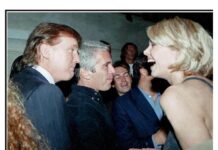
WASHINGTON: The US has announced beginning the process of imposing tariffs of 10 per cent on an additional USD 200 billion of Chinese imports, intensifying the trade war between world’s two largest economies. The move comes after China retaliated against the US by imposing tariffs on USD 34 billion in US exports to China, and threatened tariffs on another USD 16 billion, which the Trump administration described as “unjustified”.
In response to China’s “unfair” practices, the United States on July 6 began imposing tariffs of 25 per cent on approximately USD 34 billion worth of Chinese imports. “These tariffs will eventually cover up to USD 50 billion in Chinese imports as legal processes conclude. The products targeted by the tariffs are those that benefit from China’s industrial policy and forced technology transfer practices,” US Trade Representative (USTR) Robert Lighthizer said.
Soon thereafter China retaliated by imposing tariffs on USD 34 billion in US exports to China and threatening tariffs on another USD 16 billion. “It did this without any international legal basis or justification,” Lighthizer said. As a result of China’s retaliation and failure to change its practices, the President has ordered USTR to begin the process of imposing tariffs of 10 per cent on an additional USD 200 billion of Chinese imports, he said.
“This is an appropriate response under the authority of Section 301 to obtain the elimination of China’s harmful industrial policies. The USTR will proceed with a transparent and comprehensive public notice and comment process prior to the imposition of final tariffs, as we have for previous tariffs,” Lighthizer said. Alleging that for many years China has pursued “abusive” trading practices over intellectual property and innovation, Lighthizer said the USTR’s Section 301 report found that Chinese policies and practices force US innovators to hand over their technology and know-how as the price of doing business in that country.
“China also uses non-economic means to obtain US technology, such as using state-owned funds and companies to buy up American businesses and
imposing burdensome intellectual property licensing requirements in China,” he said.
The USTR’s report also found that the Chinese government sponsors the outright theft of US technology for commercial benefit. “These practices are an existential threat to America’s most critical comparative advantage and the future of our economy: our intellectual property and technology,” he asserted.
According to Lighthizer, for over a year, the Trump administration has patiently urged China “to stop its unfair practices,” open its market, and engage in true market competition. “We have been very clear and detailed regarding the specific changes China should undertake. Unfortunately, China has not changed its behavior that puts the future of the US economy at risk. Rather than address our legitimate concerns, China has begun to retaliate against US products. There is no justification for such action,” he said.
As in the past, the US is willing to engage in efforts that could lead to a resolution of our concerns about China’s unfair trade practices and to China opening its market to US goods and services, he noted. “In the meantime, we will remain vigilant in defending the ability of our workers and businesses to compete on a fair and reciprocal basis,” Lighthizer said.
Senate Finance Committee Chairman Orrin Hatch said the announcement appears “reckless” and is not a targeted approach. “We cannot turn a blind eye to China’s mercantilist trade practices, but this action falls short of a strategy that will give the administration negotiating leverage with China while maintaining the long-term health and prosperity of the American economy,” Hatch said. PTI







